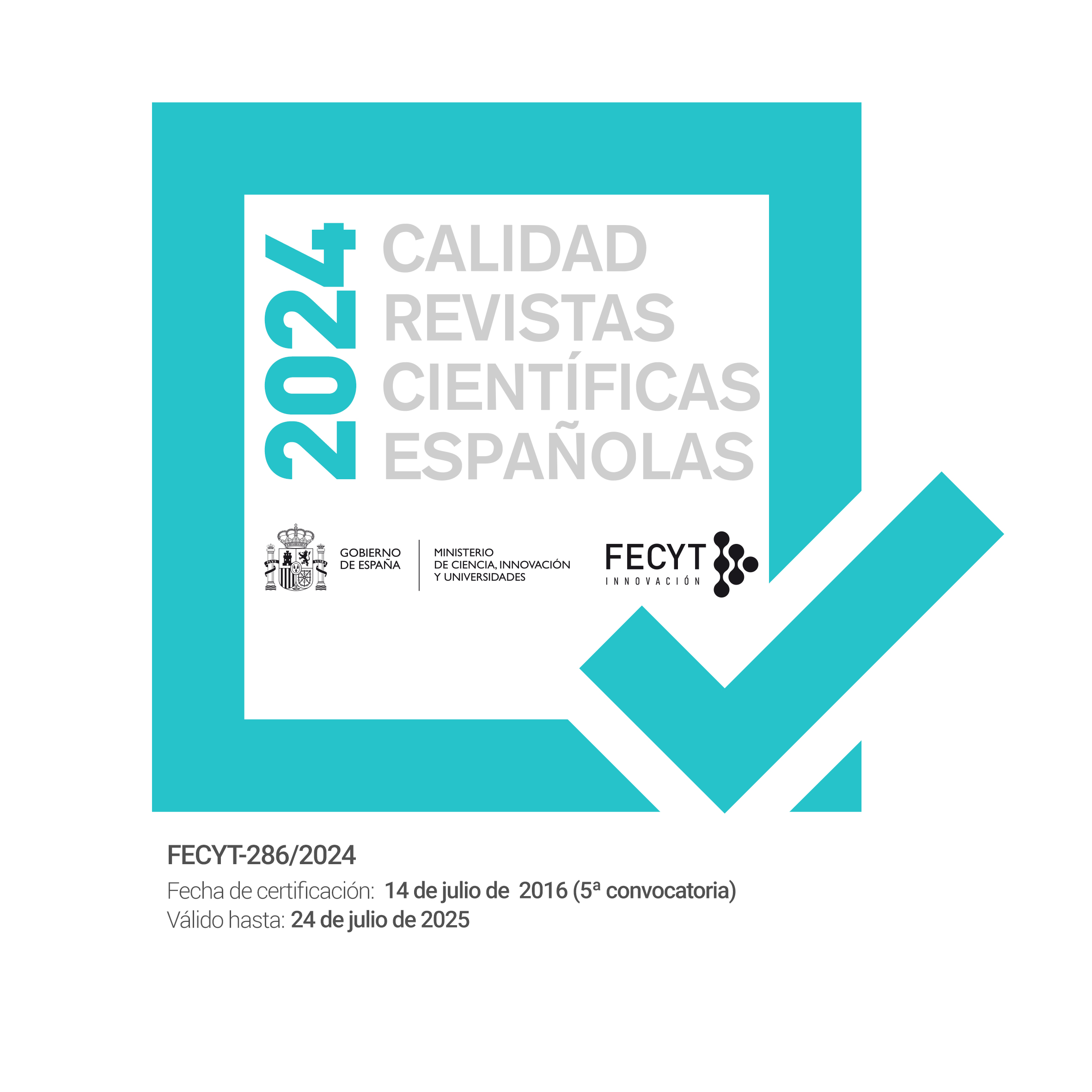Creativity in Advertising Translation
DOI:
https://doi.org/10.7203/qf-elit.v13i0.4067Keywords:
advertising translation, audiovisual translation, creative skill, semiotic analysis Abstract
Abstract
Translating advertisements for either a written or an audiovisual medium involves developing creative strategies of text design and problem solving. In this paper we analyse these strategies by means of the description of the translation of several elements of advertisements: the brand name, the slogan, the cultural references and the expressive and appellative functions of the text, bearing in mind the influence of the target audience of the campaign. We will look at the question of creativity and then at how creativity is employed when translating advertising texts.
The study of a corpus of advertisements from several media illustrates the translators’ creative skills, which are in use when looking for the options, when analysing them and, above all, when making the decision to choose a target word or phrase. Thus, programs to develop the translation competence should include this aspect as one of the main learning outcomes.
 Downloads
Downloads
Downloads
How to Cite
-
Abstract982
-
PDF (Español)1688
Issue
Section
License
 Este obra está bajo una licencia de Creative Commons Reconocimiento-NoComercial-SinObraDerivada 4.0 Internacional.
Este obra está bajo una licencia de Creative Commons Reconocimiento-NoComercial-SinObraDerivada 4.0 Internacional.
Authors who publish with this journal agree to the following terms:
- Authors retain copyright and grant the journal right of first publication with the work simultaneously licensed under a Creative Commons Attribution License that allows others to share the work with an acknowledgement of the work's authorship and initial publication in this journal.
- Authors are able to enter into separate, additional contractual arrangements for the non-exclusive distribution of the journal's published version of the work (e.g., post it to an institutional repository or publish it in a book), with an acknowledgement of its initial publication in this journal.
- Authors are permitted and encouraged to post their work online (e.g., in institutional repositories or on their website) prior to and during the submission process, as it can lead to productive exchanges, as well as earlier and greater citation of published work (See The Effect of Open Access).




